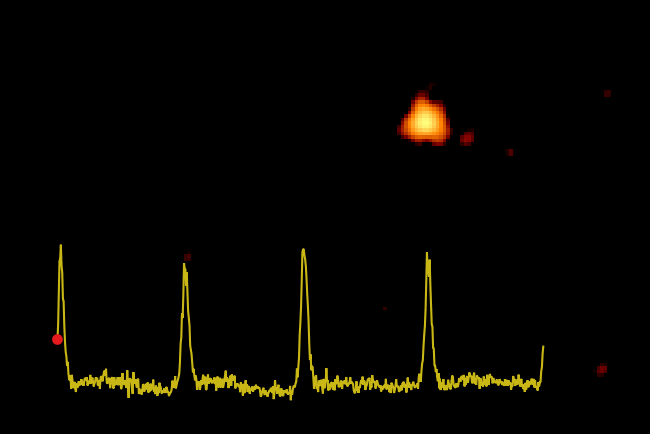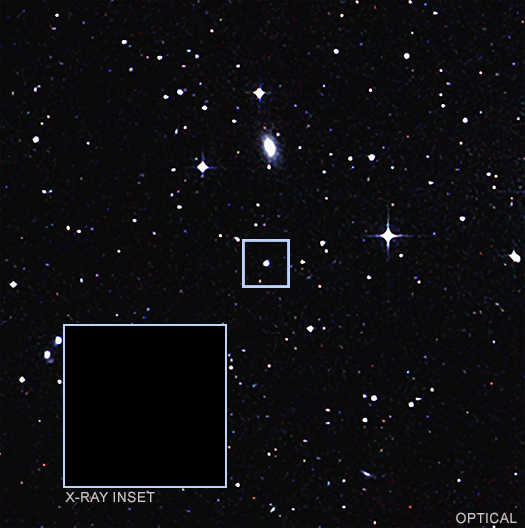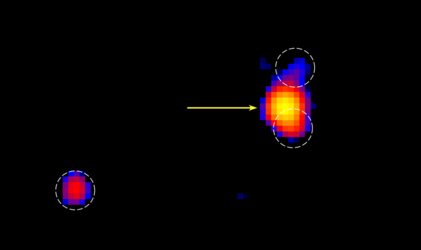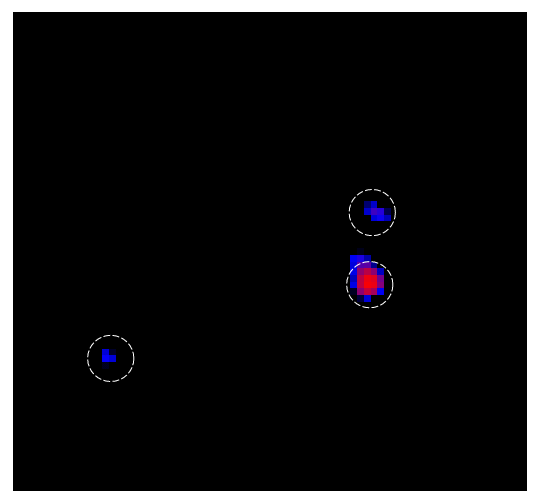
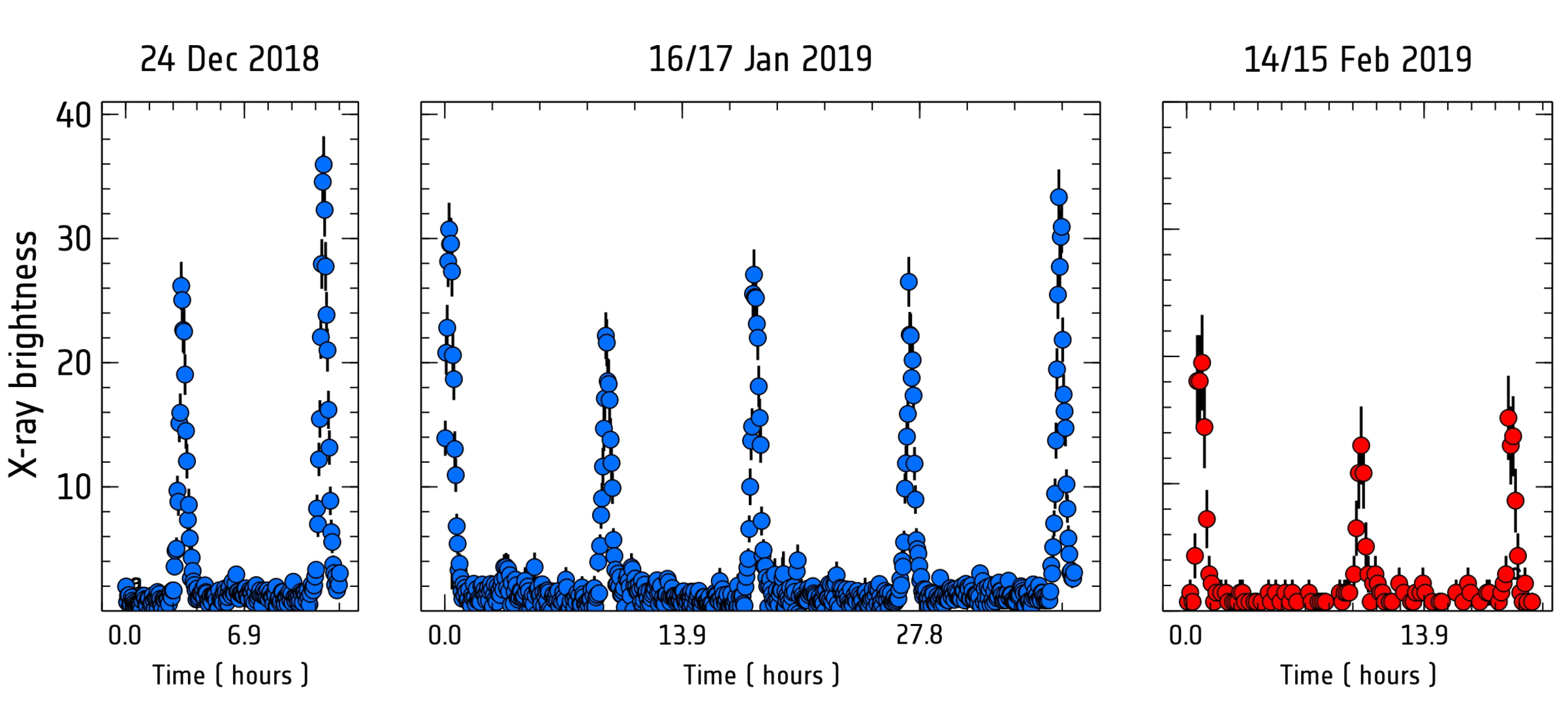
X-ray flares from active galaxy GSN 069
Variations in the X-ray brightness of the active black hole at the core of distant galaxy GSN 069, about 250 million light years away, as recorded by ESA’s XMM-Newton X-ray observatory (blue) and NASA’s Chandra X-ray observatory (red). The graph shows the X-ray brightness of the source relative to its ‘dormant’ level.
This source was first observed to undergo before-seen flashes on 24 December 2018, when its brightness suddenly increased by up to a factor 100, then dimmed back to its normal levels within one hour and lit up again nine hours later. Further observations performed over a period of 54 days confirmed this flaring behaviour, with ‘quasi-periodic eruptions’, or QPEs detected every nine hours.
Although never before observed, scientists think periodic flares like these might actually be quite common in the Universe.

